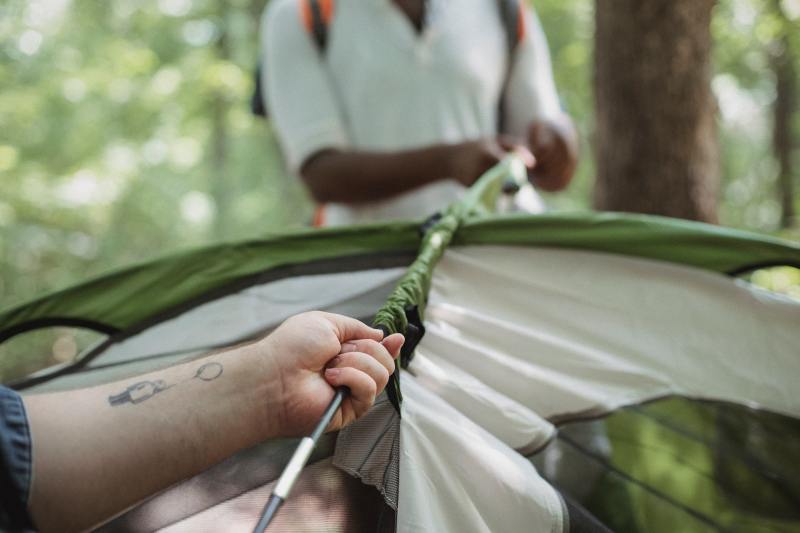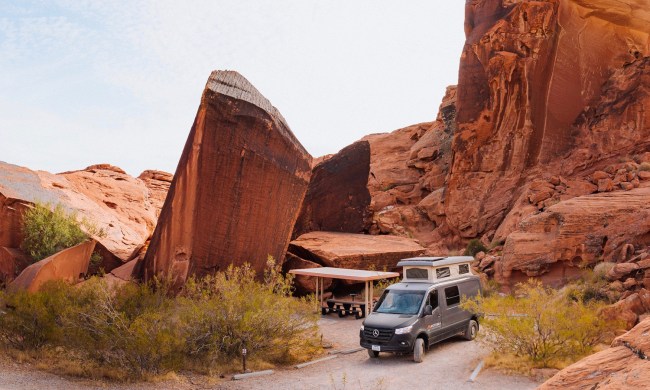
Camping is a beloved outdoor activity that allows us to connect with nature, unplug from our busy lives, and create lasting memories. However, even the most experienced campers can face challenges in the great outdoors. One common issue is the presence of trip hazards around the campsite, especially those pesky tent strings. They are often hard to spot during the day, and at night, they can become downright treacherous.
But fear not, because this revolutionary TikTok hack is bound to make your camping tent safer to navigate around. All you need is a pool noodle to try out this brilliant solution that keeps those tent strings visible.
Tent strings are an essential part of setting up a tent. They provide stability and keep your shelter secure, ensuring a good night’s sleep in the wilderness. However, even if they are a bright neon color, these strings often blend into the natural surroundings, making them difficult to see. This can lead to unfortunate accidents, especially for those exploring the campsite or returning to their tent at night. Tripping over tent strings can not only be painful but can also damage the tent or result in other kinds of injuries.
That’s where the pool noodle hack comes into play.
The concept is straightforward: Before staking your tent strings into the ground, thread them through a pool noodle. You can cut the pool noodle into small sections, typically a few feet long, to accommodate each tent string. The soft, brightly colored pool noodle acts as a protective sleeve, keeping the strings visible at all times. If you do happen to trip over it, the noodle helps protect you from rope burn, cuts, or bruises.
Here’s how to implement this hack:
- Gather your materials: To get started, you’ll need a few pool noodles and a sharp knife or scissors for cutting them into sections. Make sure you choose noodles that are brightly colored for maximum visibility.
- Cut the pool noodles: Cut the pool noodles into small sections, ensuring they are long enough to cover the tent strings comfortably. Aim for sections that are around two feet in length.
- Thread the tent strings: Once you’ve cut the pool noodles, thread each tent string through a pool noodle section.
- Stake the tent strings: Now, stake the tent strings into the ground as you normally would, ensuring that the pool noodle section is close to the ground to provide maximum visibility.
This pool noodle hack for tent strings is undoubtedly the best camping hack of 2023, providing a simple yet highly effective solution to a common



